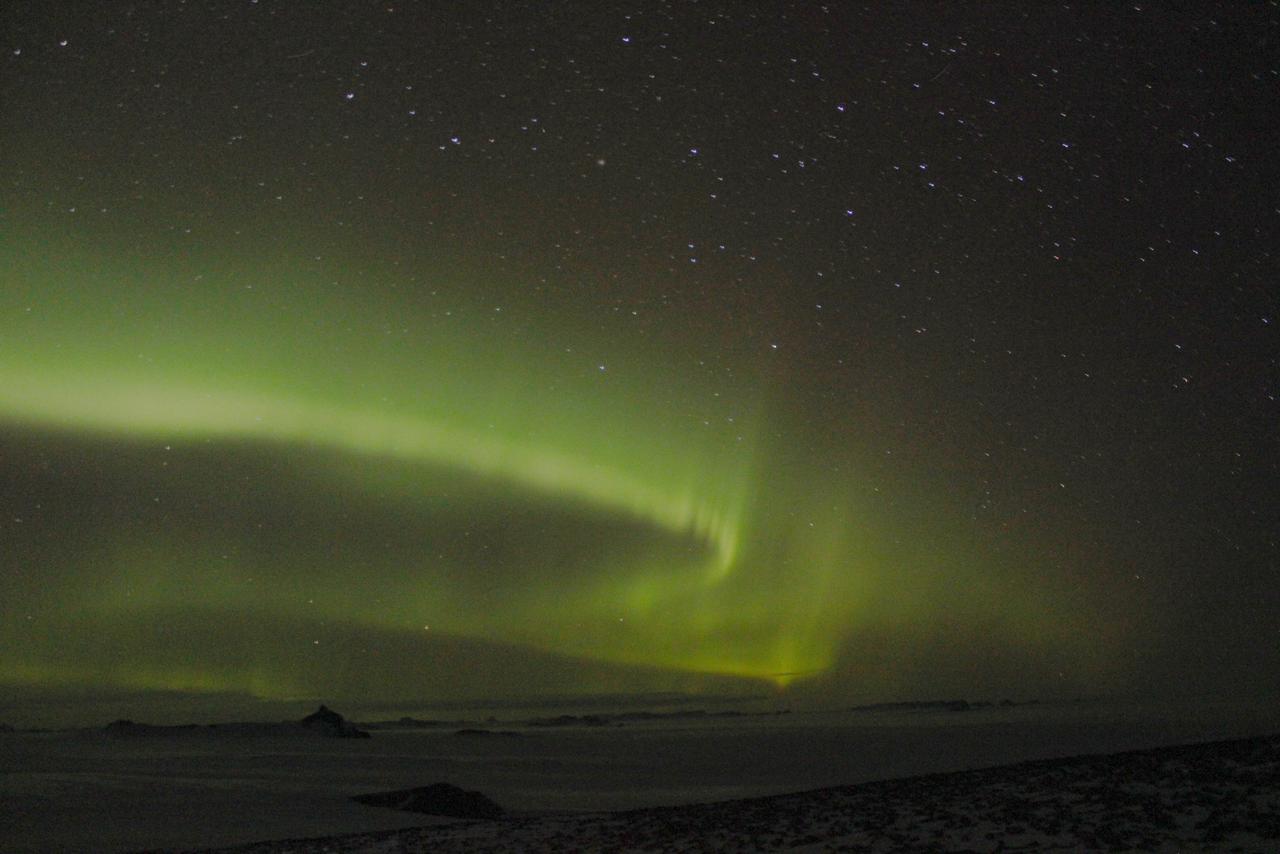The Antarctic Legacy if South Africa wishes the SANAP and Antarctic Community a Happy Midwinter! The summer solstice occurs during the hemisphere’s summer. In the Northern Hemisphere, this is the June solstice (20, 21 or 22 June) and in the Southern Hemisphere, this is the December solstice (20, 21, 22 or 23 of December).
 The reason for losing direct sunlight for a good two months of our stay here is due, simply, to the fact that the Earth is tilted on its own axis of
The reason for losing direct sunlight for a good two months of our stay here is due, simply, to the fact that the Earth is tilted on its own axis of
rotation by around 23.5°. The Poles are designated at being at 90° latitude North or
South. 90° minus 23.5° puts us at a latitute of 66.5°: the Arctic or Antarctic circles. Antarctica is pointed away from
the Sun throughout a full rotation or 24 hour period. The Northern Pole lies completely within sight of the Sun at this time and thus has 24 hours direct sunlight where the Sun never dips below the horizon. This is the Northern hemisphere’s Summer Solstice.
As the Earth revolves around the Sun, the axis is exactly parallel to the Sun twice in the year, at the Equinoxes. At the Equinoxes the entire
globe experiences a roughly equal amount of sunlight and darkness. As the Earth continues
to revolve, the angle of inclination of the axis in relation to the Sun increases until the Solstices, at which furthest point the Arctic and Antarctic regions experience continuous sunlight or no sunlight, respectively. As the Earth transitions from the Equinox to Solstice, clearly the amount of daylight will change also. (From Nunatak Newsletter May 23 – Dr Aby Paton)
Images : Credit DJ van Wyk SANAE 62 – SANSA engineer

